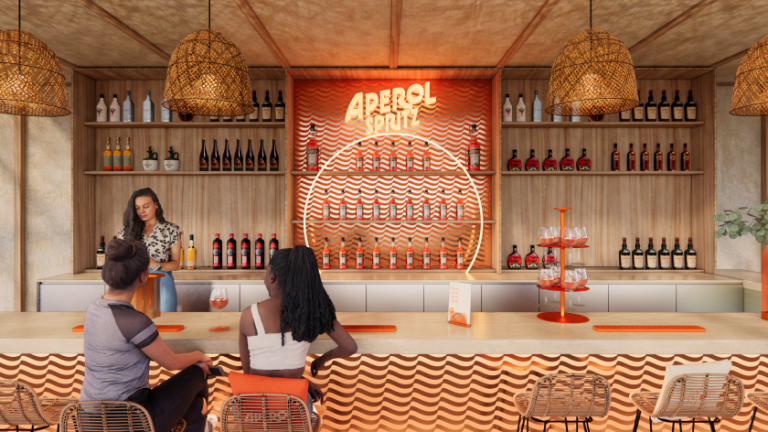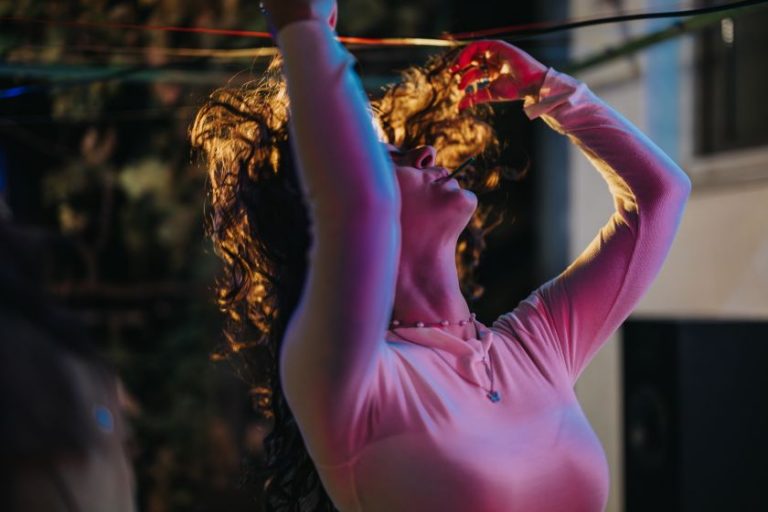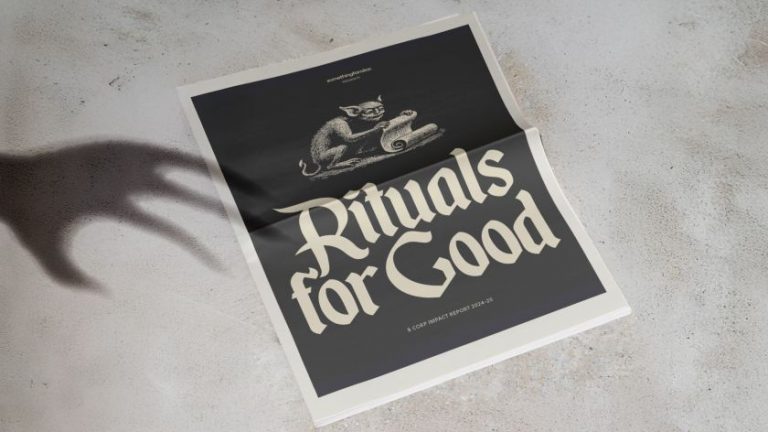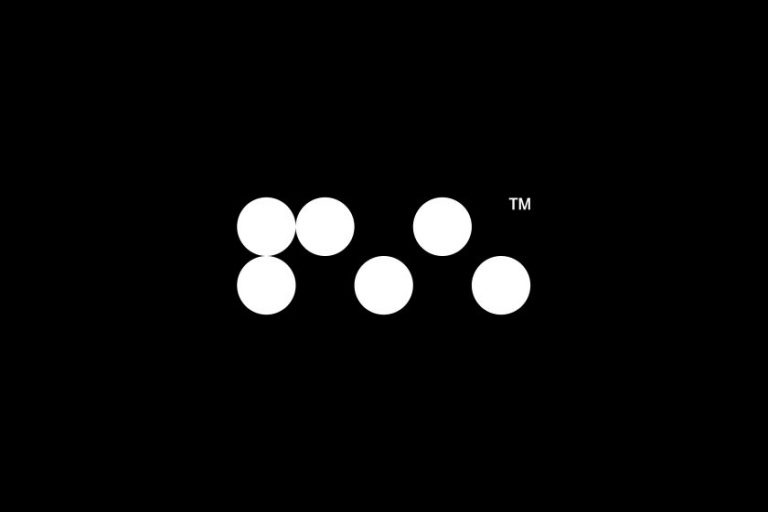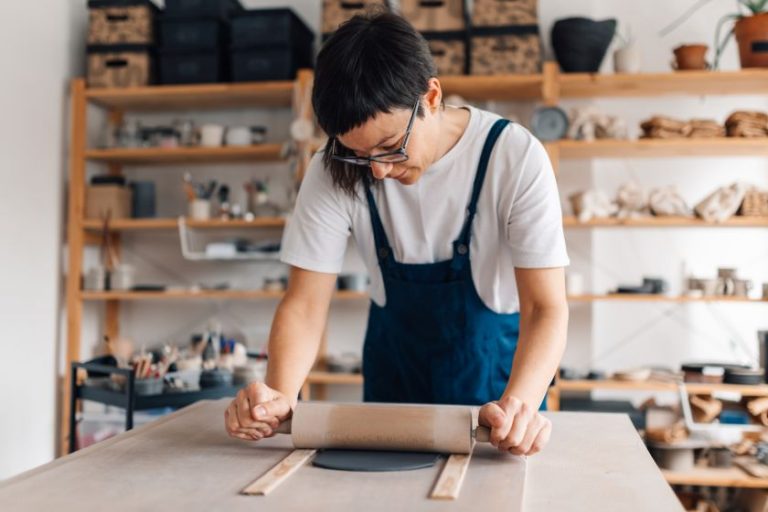Image licensed via Adobe Stock
There are so many options that deciding where and how to work can be difficult. We canvas the opinions of seasoned creative professionals to help you make your decision.
You know you want to work in a creative profession. It’s your passion, and in the immortal words of Mark Twain, “Find a job you enjoy doing, and you will never have to work a day in your life”. But that doesn’t cover the question of where and how you want to work.
Should you work at an agency, in-house at a company, or by yourself as a freelancer? Each option presents its own unique set of challenges and opportunities. So it’s not an easy decision to make, and somewhat frustratingly, there’s no clear-cut answer that suits everyone. Ultimately, it’s going to be a personal decision that you and you alone can make.
But at the same time, it should be an informed decision. So, in this article, we’ll explore the pros and cons of each career path, drawing insights from experienced creatives who’ve shared their thoughts on the matter with us. If you want to read the full discussion, meanwhile, you can find it here on Threads.
Starting out: The importance of experience
Freelancing has many joys, and you’ll find numerous articles on Creative Boom singing its praises. But at the same time, it’s not usually the best option at the start of your career. At this stage, being in an established setting, surrounded by seasoned professionals who can guide you, is an opportunity you don’t want to miss.
Typically, working at an agency provides an exciting and dynamic environment that fosters creativity and professional growth. Agencies often handle a diverse range of clients and projects, allowing you to expand your skill set and explore different industries. You should also get a lot of opportunities to build a strong professional network.
Consequently, designer Dave Cameron believes it’s best to start your career at an agency. “You’ll get a lot of experience quickly and really develop your software skills and production chops,” he says. Senior graphic designer Brooks Woodruff agrees. “My biggest career high was a college internship I had at a large design agency,” he recalls. “Watching how all of the older, more seasoned designers did their jobs taught me so many skills that I couldn’t have learned in a classroom.”
Joining an agency isn’t just a better choice for newbies than freelancing; it’s arguably better than in-house. As designer Joe Stitz points out, “In an agency, the environment is biased towards creativity over meetings and is usually more competitive, which brings out your best. In contrast, I don’t recommend most in-house for recent grads: too many meetings and the work itself can be tedious.”
At the same time, agency life can be very demanding, with tight deadlines and high-pressure situations. So, as you progress in your career, you may find that the financial rewards and work-life balance in agencies don’t always match up to other options.
In-house design: stability and strategic insight
Working in-house for a brand or large corporation offers different benefits, particularly for those seeking stability and a deeper understanding of how design impacts business strategy.
As fashion designer Wincy, who’s worked for big multinational retailers, says: “I get far more control of my design development than working for a supplier. And I concentrate on just the designing, rather than the many hats a freelancer has to wear.”
Benefits of in-house design roles include:
Stable income and benefits
Opportunity to develop a deep understanding of a specific brand or industry
Potential for career advancement within the company
Access to resources for professional development and inspiration trips
Better work-life balance compared to agency or freelance work
For these reasons, Joe recommends in-house design once you’ve got a few years under your belt as a designer. “For mid-stage, in-house gigs pay far better, have real retirement plans—bonuses are a joke at agencies—and you have exposure to C-suite leaders,” he enthuses. “Late stage can either be in-house or running your own shop for financial rewards.”
That said, not everyone has the same view. “My biggest career regret was leaving the agency world and taking an in-house design role,” says Brooks. “It seems hard to get back into the ‘design ecosystem’ once you’ve been out of it for a while.”
Also, while many don’t recommend getting your first job in-house, that’s not necessarily an ironclad rule. “My first design role was in-house, and that experience was invaluable,” says illustrator and designer Simon Whittaker. “I was coming from a self-taught background, and it gave me a really good grounding in not only getting to grips with the technical, production side of the job and new ways of working in the software but also in working with a team of people, interpreting briefs and the like.”
Freelance: freedom and entrepreneurship
For many creatives, freelancing represents the ultimate goal—the freedom to choose their projects, set their own hours, and be their own boss.
“In the past, I worked in the corporate world, from companies to organisations to agencies, and I hated every moment of it,” reflects graphic designer Ned Gonzalez. “The toxicity, the politics, the micromanagement, especially as a person of colour. For newcomers, I think it’s good to experience those factors to get a taste of the industry. Now, I operate my own studio and freelance because I have the experience and the knowledge on my belt, and I can show the world how I define success my way.”
Benefits of freelancing include:
Freedom to choose projects and clients
Flexible working hours and location
Potential for higher income
Opportunity to specialise in your preferred niche
Direct relationship with clients
However, it’s important to recognise that successful freelancing requires more than just design skills. As art director Arin Fishkin points out, “Folks tend to start freelancing without understanding that they’ll be running a business. The design part isn’t more than 30 per cent of your week once you factor in business development, marketing, accounting, project management, ravenous social media algorithms…”
Along with responsibility for all aspects of your business, other challenges include:
Inconsistent income and lack of benefits
Potential for isolation and lack of collaboration
Need for self-discipline and time management skills
Constant need for self-promotion and client acquisition
People who have succeeded in freelancing can sometimes become evangelical about going solo, convinced that everyone else should follow their path. But it’s important to note that freelancing is not for everyone.
“There are definitely two types of people: those who will enjoy freelance more, and those who are content to be employed,” says illustrator, teacher and podcaster Tom Froese. “But if freelance is your path, I believe starting out with a proper graphic design job, whether that be agency or in-house, will give you a huge advantage. You’ll learn how to work with clients or internal projects from more experienced people, and you get a chance to build up some professional chops to sell yourself with later as a freelancer.”
In short, the more experience you gain in other settings before transitioning to freelance work, the better. As illustrator Jess Miller says: “It’s best to start working in an established design studio or corporate company first. I learned a lot from my first jobs in the industry. After 10-15 years, you hit the ceiling. There’s not much room for creative growth. After you’ve worked some time, then go freelance.”
Finding your path: a personal journey
Ultimately, the best career path for you will depend on your personal goals, working style, and life circumstances. In fact, many creatives find that their journey involves exploring multiple paths throughout their career.
“My journey was agency, in-house, agency, start-up, freelance,” says art director Asa Rodger. “I ended up with a pretty wide range of experience, and definitely recognise how fortunate I was to land the agency roles earlier on.”
When considering your options, reflect on the following:
Your learning style: Do you thrive in structured environments or prefer self-directed learning?
Financial needs: How important is a stable income versus the potential for higher earnings?
Work-life balance: What are your priorities in terms of flexibility and personal time?
Career goals: Where do you see yourself in 5, 10, or 20 years?
Personality: Are you more suited to collaborative environments or independent work?
Regardless of the path you choose, it’s crucial to remain adaptable and committed to continuous learning. The creative industry is constantly evolving, and staying relevant requires ongoing skill development and networking.
As brand designer and illustrator Danielle McCray advises, “At the end of the day, I think it’s up to the designer and what they want out of their design career. The biggest thing is to always be learning and growing.”




